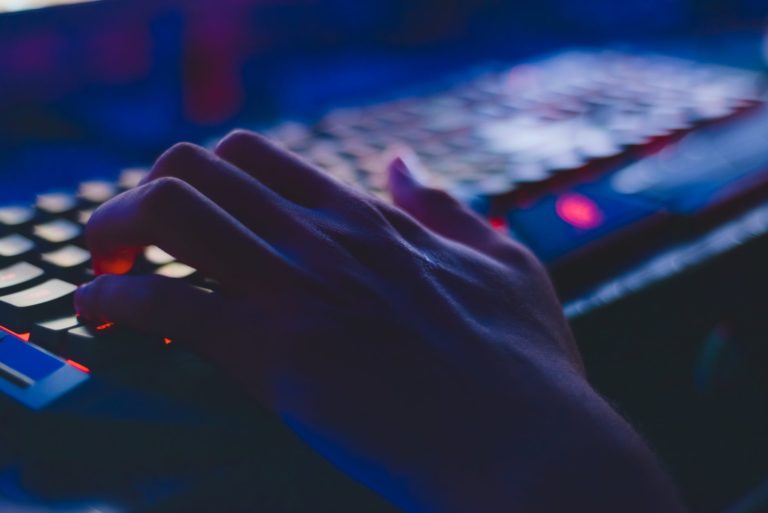
Don’t feel isolated
Even once you’ve dressed for the occasion and set up a designated workspace, this enforced and abrupt nature of the transition from an office to a home environment could leave some struggling to get accustomed to the change.
Professor of economics at Stanford University Nicholas Bloom points out “The coronavirus is pushing everyone into this kind of extreme working from home,” He says there are two types of working from home: short-term or occasional work from home, and permanent or full-time work from home, stating “It is kind of like comparing light exercise to marathon training,”
Bloom says only 5% of the US workforce, for example, report that they’re full-time remote workers. This outbreak has made the time people will have to work from home unclear, which poses additional problems.
Parents, for example, may find due to school closures their children might be running around whilst they try to work productively, so having an understanding superior is a must. Experts agree “high fidelity” communication like video calls while working from home fights isolation while safeguarding team unity and productivity.
Prolonged isolation could also potentially impact on morale and productivity. Larson suggests teams try to sustain a semblance of normalcy and camaraderie in unconventional ways, like virtual pizza parties or remote happy hours where people dial in and share a cocktail on Slack or Skype.
“It’s a good way to bond – it’s kind of weird, but everyone’s feeling weird, so it’s fun,” Larson says, describing the “we’re all in this together” mentality. “It adds a little bit of levity and lightness to the otherwise difficult environment.”
And Sutton concurs with the idea of a social equilibrium despite not physically being in the office.
“Celebrate birthdays, give public praise for goals reached and projects completed,” she says. “Make time for casual conversations and ‘water cooler’ chat.”

























